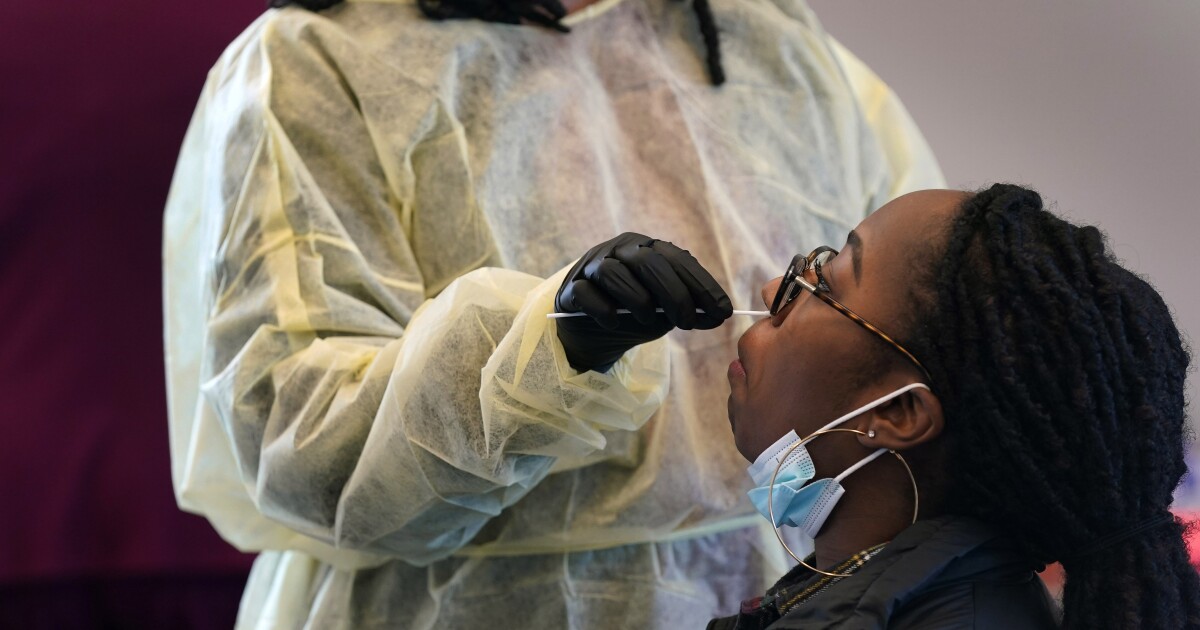To the United States, the Centers for Disease Control and Prevention (CDC), public health and regulatory officials from several states, the Food and Drug Administration (FDA) and US Department of Agriculture’s Food Safety and Inspection Service (USDA-FSIS) reported a recent multi-state outbreak of infections with Escherichia coli O157:H7.
As of February 1, 2021, a total of 16 infected people have been reported in 5 states: Arkansas (6), New York (1), Oklahoma (5), Virginie (2) and Washington (2). The illnesses started on dates ranging from December 23, 2020 to January 7, 2021.
Patients are between 10 and 95 years old (median age 31), and 88% are women. Information is available on 12 cases: 9 were hospitalized, 3 developed hemolytic uremic syndrome (HUS) and 1 death was reported in Washington state.
The investigation showed that the bacteria isolated from samples from sick people are closely related genetically and that this strain has previously been linked to various sources, including romaine lettuce, ground beef and recreational water. More information is needed to identify the source of this outbreak.
Reminders on Enterohemorrhagic Escherichia coli O157: H7
Escherichia coli is a bacteria commonly found in the digestive tract of humans and warm-blooded animals. Most strains are harmless. Some, such as enterohemorrhagic Escherichia coli (ECEH), can cause serious foodborne illness. It produces toxins, called verotoxins or Shiga-like toxins because of their resemblance to those produced by Shigella dysenteriae. Enterohemorrhagic Escherichia coli 0157: H7 is the most important serotype for public health, but other serotypes have often been observed in association with sporadic cases and outbreaks.
Transmission to humans is primarily through consumption of contaminated food, such as raw or undercooked ground meat, raw milk, raw vegetables and contaminated sprouts.
Enterohemorrhagic Escherichia coli O157: H7 infection results in abdominal cramps and diarrhea which in some cases progress to bloody diarrhea (hemorrhagic colitis). There may also be fever and vomiting. The incubation period ranges from three to eight days with a median duration of three to four days.
Most people heal within 10 days, but a small proportion (especially young children and the elderly) can progress to a life-threatening form, such as hemolytic uremic syndrome.
Source : Centers for Disease Control and Prevention (CDC).
–

![[정치]Na Gyeong-won “Support 100 Million Won for Newlyweds”… “Is it my management?” [정치]Na Gyeong-won “Support 100 Million Won for Newlyweds”… “Is it my management?”](https://image.ytn.co.kr/general/jpg/2021/0206/202102062214476835_t.jpg)
